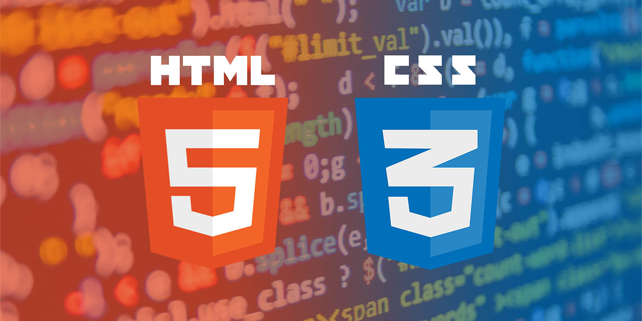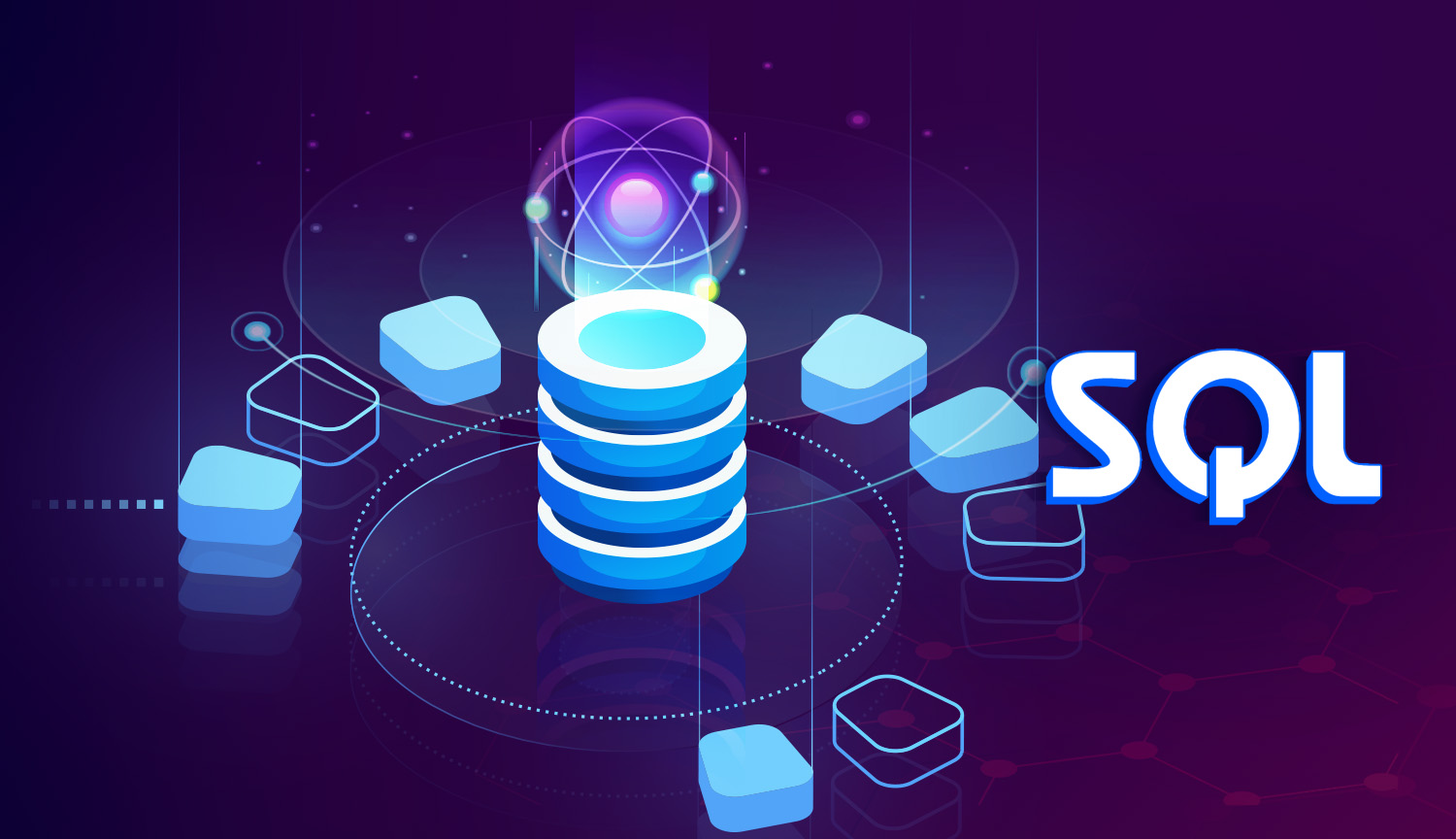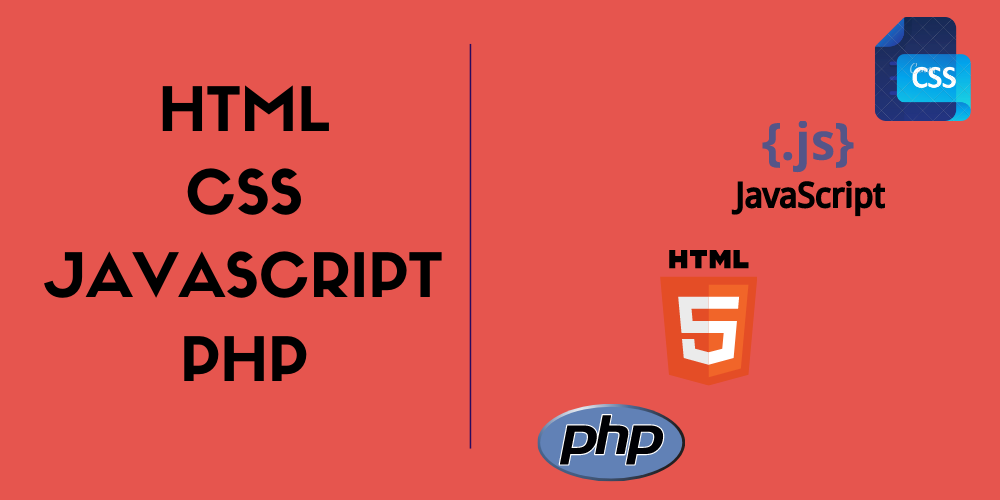1. Introduction
The software development process is a complex and ever-evolving maze of methodologies, tools, and frameworks. As a result, it can be difficult to know which approach is best for a given project.
2. What is a software development methodology?
This framework includes structure, plan, & control of the activities of a project. It defines the way an application is developed, managed, and maintained throughout the entire software lifecycle.
These methodologies provide the frameworks and processes used to build and deliver applications. Different methodologies can offer different advantages and disadvantages, depending on the characteristics of the project or organization.
The two major types of methodologies are Waterfall and Agile. The waterfall is a one-way linear approach, where each phase of evolution is completed before the next one can begin. Agile is an iterative method, which promotes rapid and incremental evolution.
3. Why use a software development methodology?
These methodologies not only help to structure a project but can also be the key factor of success. The main reasons to use a software evolution process include:
- It provides a common language for all stakeholders, including developers, project managers, and customers.
- It creates a set of best practices for application evolution, which can make sure that the necessary processes are taken into account.
- It can help identify potential issues early and ensure that the application meets the desired quality and performance standards.
- It increases efficiency, as the process of software evolution can be planned and organized in a more structured way.
- It facilitates communication and collaboration between the different stakeholders.
- It provides comprehensive documentation that can be used to measure the performance of the evolution team.
4. Different types of software development methodologies
These methodologies come in many forms, and each one can have a different effect on the evolution process. Here are seven of the most popular types that you can use:
1. Waterfall: This is the most traditional approach to software evolution, in which each process is completed before the next process starts.
2. Agile: The Agile methodology is focused on iteration and faster evolution, allowing for frequent changes and feedback from stakeholders.
3. Scrum: Scrum is similar to Agile in that it is focused on quick evolution cycles, but it is more focused on collaboration and teamwork.
4. Lean: This method is designed to eliminate anything that is not essential to the development process, such as redundant tasks or resources.
5. Kanban: This method is focused on visualizing the entire process, and using a ‘pull’ approach to ensure that only the necessary tasks are completed.
6. Extreme Programming (XP): XP is focused on simple design, usability testing, and continual refactoring.
7. Feature-Driven Development (FDD): FDD is focused on short evolution cycles, with clearly defined goals and objectives.
Each software evolution process has its advantages and disadvantages, and it is important to select the one that is best suited for the project at hand.
5. When to use different software development methodologies
When you need to decide on the most appropriate software development methodology for the task at hand, there are certain factors you should consider.
1. The size and scope of the project – Different methodologies have varying levels of structure and rigor, so if the project is large and complex, a structured methodology like Waterfall or Scrum may be more suitable.
2. The time available for the project – Agile and Lean methodologies are more suitable for short-term projects, while Waterfall and FDD are better suited for long-term projects.
3. The stakeholders’ needs – If the stakeholders need updates throughout the process, an iterative approach like Agile and Scrum may be more suitable.
4. The development team – If the team is well-organized and highly experienced, an iterative approach such as Extreme Programming (XP) and Feature Driven Development (FDD) may be more suitable.
5. The desired outcome – If the desired outcome is a simple working product, then a Lean methodology may be more suitable. If the desired outcome is a highly functional product, then a structured approach such as Waterfall may be more appropriate.
By using the right methodology for your project, you can ensure that it is successful and meets the needs of all stakeholders involved.
6. Conclusion
Choosing the right software development methodology is essential for successful projects. The right method will help ensure your project is successful and meets the requirements of all stakeholders.
When deciding which methodology is right for you, consider the size and scope of the project, the length of time available, the needs of the stakeholders, the capabilities of the development team, and the desired outcome.
No single method is perfect for every situation, so it's important to evaluate your project and choose a methodology that fits the unique needs of your project. With the right method in place, you can ensure that the evolution process goes smoothly and produces a successful outcome.

1.png)

_(1).jpg)
_(2).jpg)
.jpg)

_(1).jpg)

.jpg)
.jpg)
.jpg)
.jpg)
.jpg)


.jpg)
_(1).jpg)
.jpg)
.jpg)


_(1).png)

.png)

































4.png)









0 Replies to “The 7 Types Of Software Development Methodologies”
Leave a Reply
Your email address will not be published.